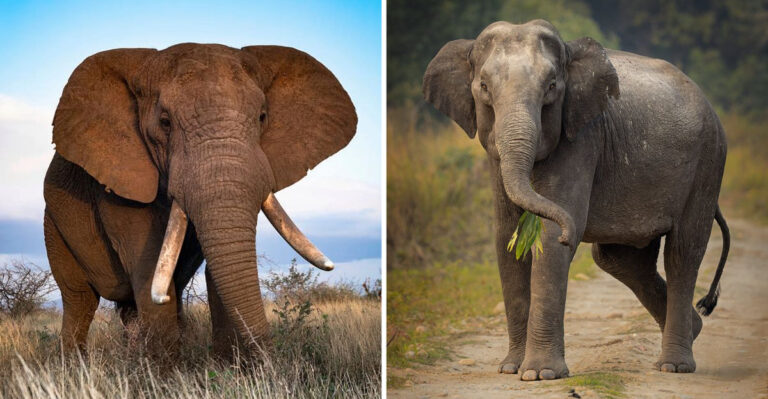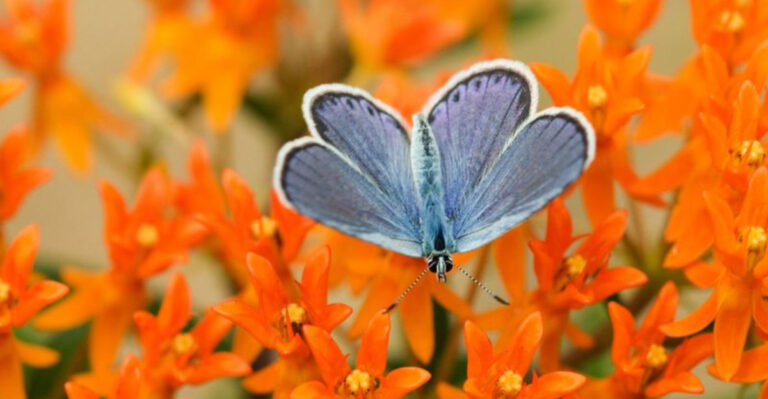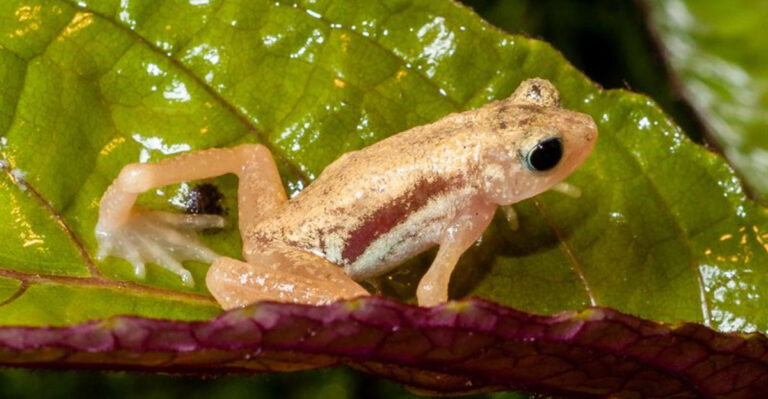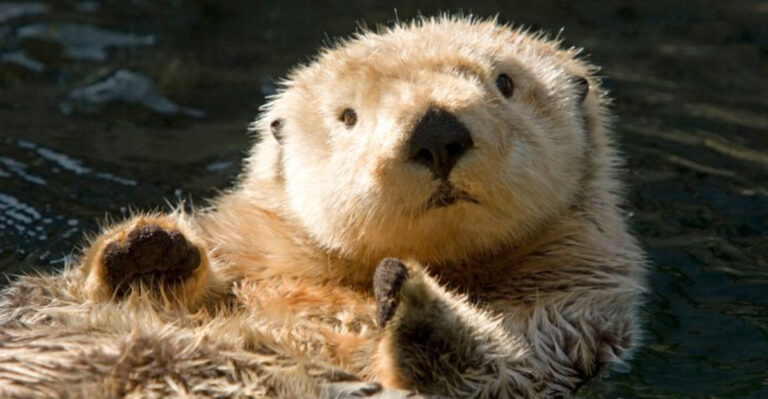13 Rare Creatures You Never Knew Existed Before
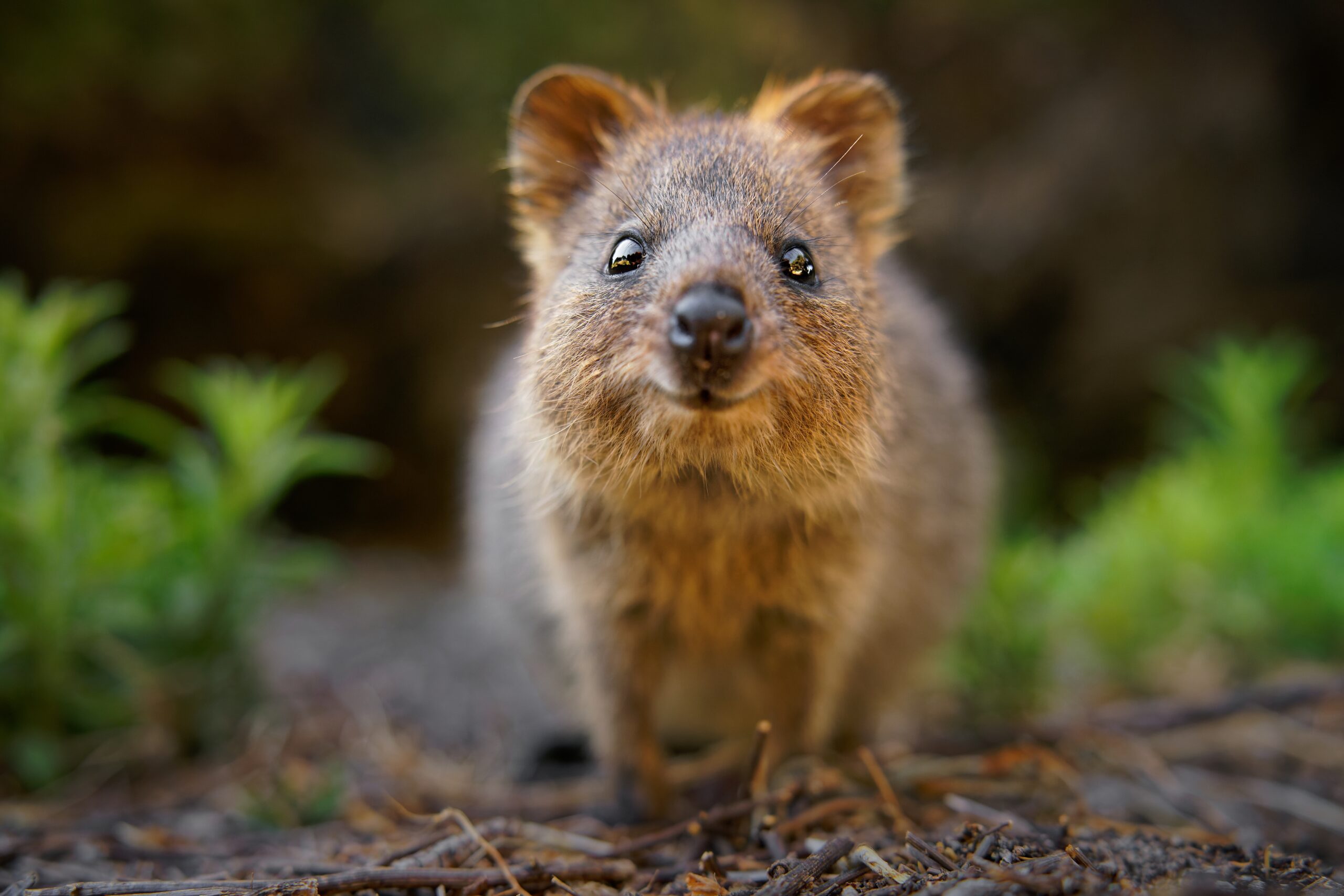
Our planet is teeming with life, yet there are countless species that remain elusive and little known. From the depths of the ocean to the densest jungles, these rare creatures captivate our imagination and remind us of the diverse tapestry of life.
Join us as we explore astonishing animals that you might never have heard of before.
1. Saola
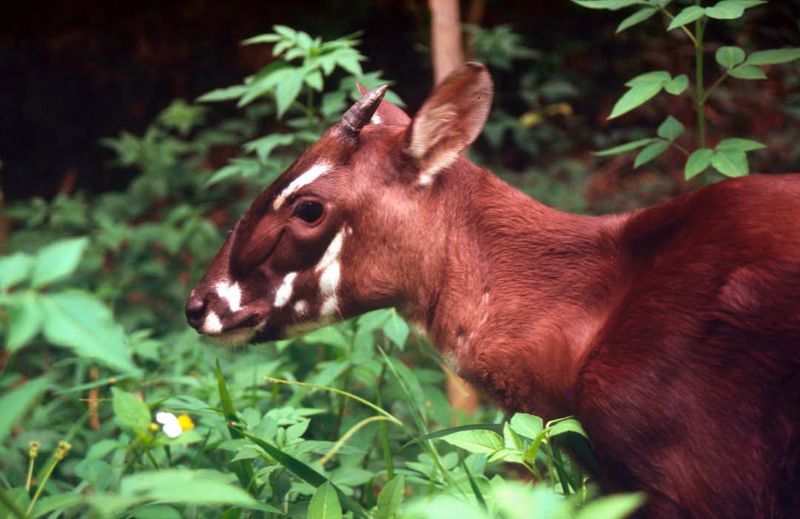
In the verdant forests of Laos and Vietnam resides the elusive Saola, often dubbed the ‘Asian unicorn’. Its discovery in 1992 was akin to finding a mythical creature. Characterized by two parallel horns and a gentle demeanor, the Saola remains an enigma in the scientific community.
Despite its striking appearance, sightings are rare, and much about its lifestyle and habits remains a mystery. Conservationists are racing against time to protect its dwindling population. Efforts to preserve its habitat are crucial as this creature symbolizes the rich biodiversity of its region.
Encountering a Saola is not just witnessing a rarity, but a glimpse into a world that balances on the edge of myth and reality.
2. Dumbo Octopus
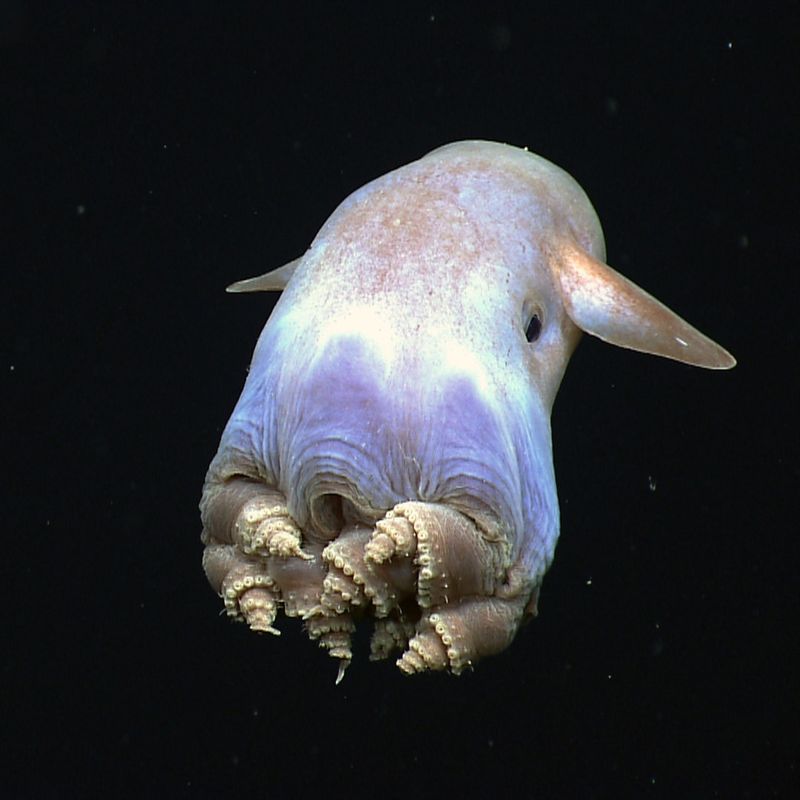
Deep beneath the ocean’s surface, the Dumbo Octopus dances gracefully. Named after the famous Disney character, its ear-like fins make it a whimsical sight in the deep sea. These creatures inhabit some of the ocean’s darkest realms, thriving at depths of up to 13,000 feet.
Each Dumbo Octopus is uniquely equipped to survive under immense pressure and frigid temperatures. They display a fascinating array of colors and textures, adapting to their surroundings seamlessly. Their diet consists mainly of small marine organisms.
Observing such a creature showcases the wonders of marine life and the mysteries held beneath the ocean’s waves. The Dumbo Octopus remains a testament to nature’s creativity and adaptability.
3. Aye-Aye
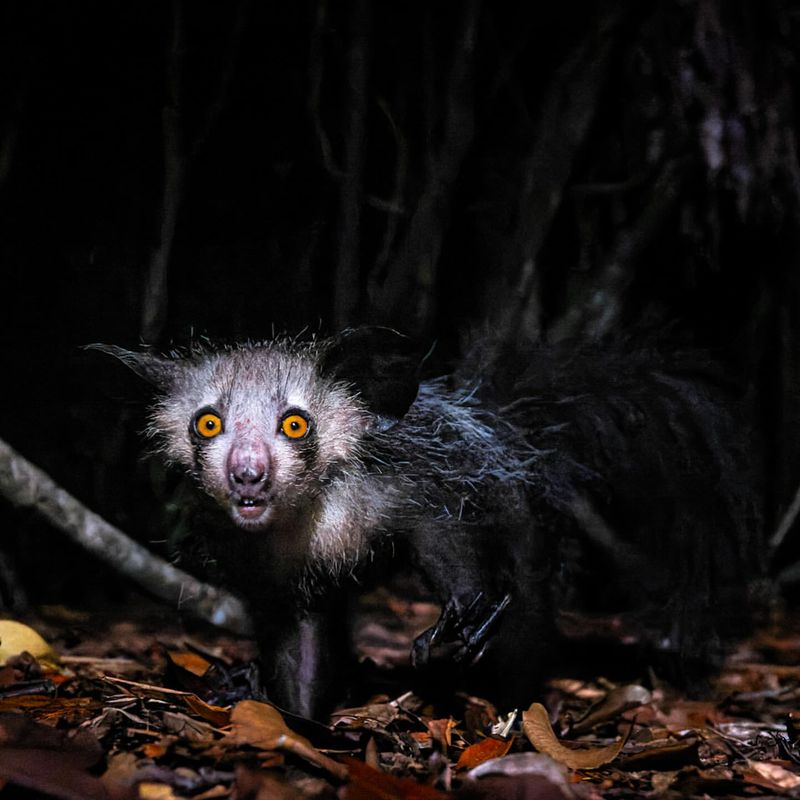
In the secluded forests of Madagascar, the Aye-Aye thrives under the cover of night. This unique primate is known for its peculiar appearance, featuring large, probing eyes and an elongated middle finger.
Adapted for nocturnal life, the Aye-Aye uses its distinctive digits to forage for insects, tapping on tree trunks to locate hidden prey. Its method of finding food is as intriguing as its appearance. As a symbol of Madagascar’s unique wildlife, the Aye-Aye faces the threat of habitat loss.
Conservation efforts are essential to ensure this captivating creature continues to thrive. Witnessing an Aye-Aye is like unlocking a chapter of nature’s enigmatic stories.
4. Okapi
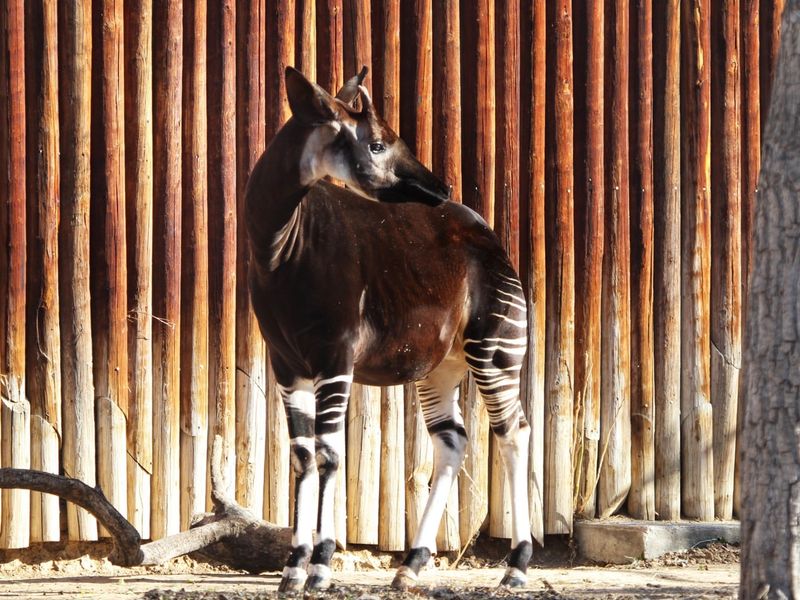
Hidden within the dense jungles of the Democratic Republic of the Congo, the Okapi dwells, a creature that seems to blend several animals into one. Although it shares lineage with the giraffe, its zebra-like stripes on the legs are its most striking feature.
The Okapi’s elusive nature and limited habitat make it a rare spectacle to behold. Its long neck and large ears help it navigate the dark forest understory, listening for predators. Despite its obscurity, the Okapi plays a crucial role in its ecosystem.
Protecting the Okapi’s habitat is vital for preserving the intricate web of life it supports. Encountering an Okapi is like stepping into a world where evolution paints with a diverse palette.
5. Pangolin
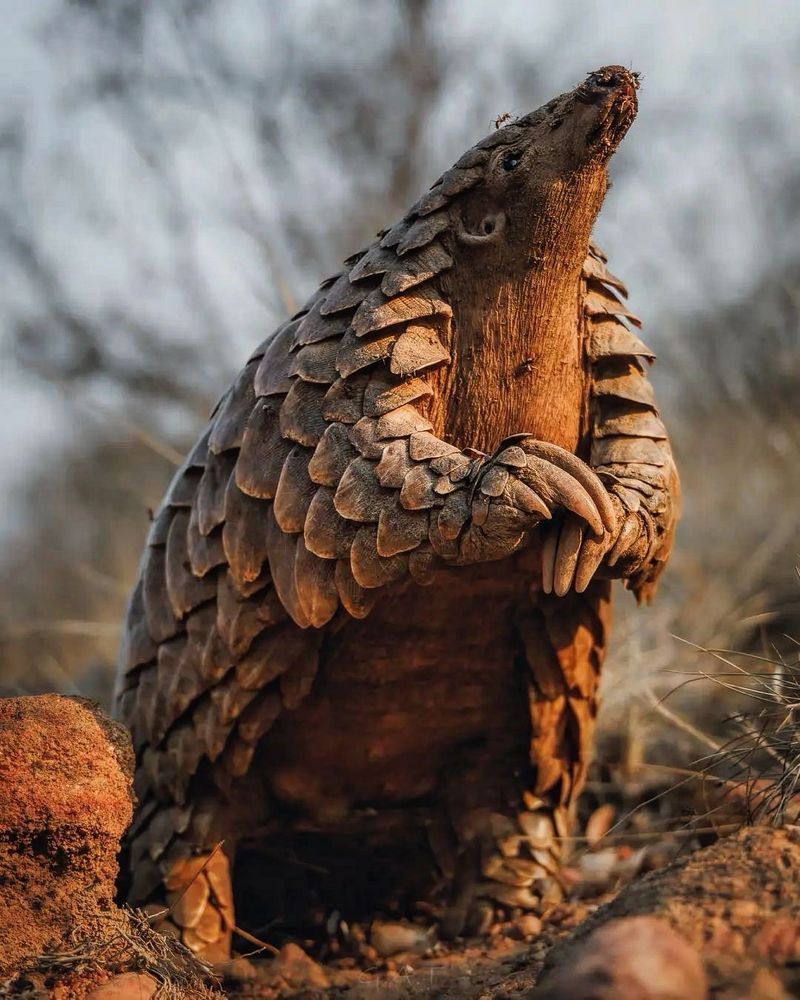
Among the most trafficked animals in the world, the Pangolin’s plight is both a conservation challenge and an ecological tragedy. This armor-plated mammal is known for its unique defense mechanism, curling into a tight ball when threatened.
Pangolins are insectivorous, feeding primarily on ants and termites, playing a significant role in pest control. Their scales, unfortunately, have made them a target for illegal wildlife trade. Efforts to conserve the Pangolin are crucial as it faces the brink of extinction.
Raising awareness about its ecological importance can aid in its protection. The Pangolin’s presence in the wild is a reminder of the delicate balance within our ecosystems.
6. Yeti Crab
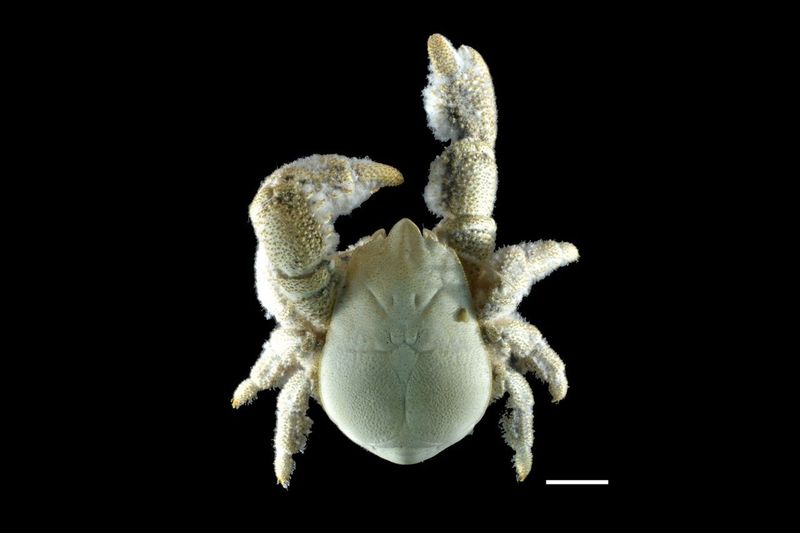
At the ocean’s hydrothermal vents, the Yeti Crab makes its home. This strange crustacean, named for its hairy arms, thrives in an environment where few creatures dare to venture. The dense patches of hair-like setae on its pincers are thought to help it cultivate bacteria, which it then consumes.
This symbiotic relationship helps it survive in such a hostile environment. The Yeti Crab’s adaptation to extreme conditions highlights the incredible resilience of life.
Studying these crabs offers insights into the potential for life in the most unexpected places. Their existence at the ocean’s floor challenges our understanding of adaptability and survival.
7. Narwhal
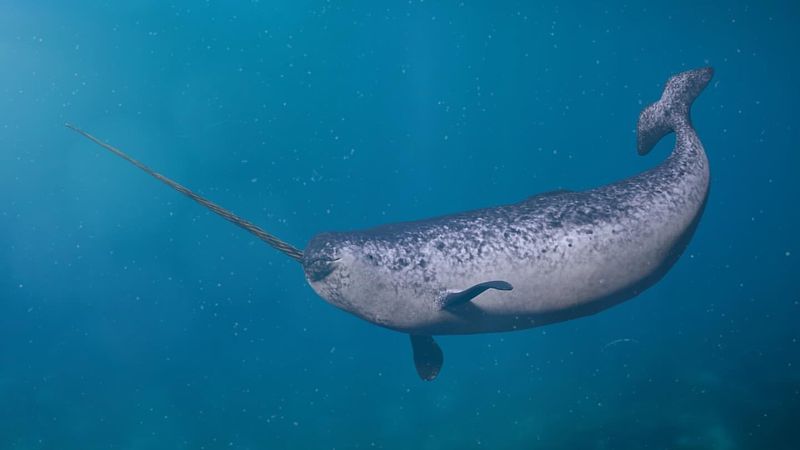
Known as the ‘unicorn of the sea’, the Narwhal’s long, spiral tusk is a sight of wonder. Inhabiting the icy waters of the Arctic, these marine mammals are well adapted to their frigid environment.
The tusk, an elongated tooth, can grow up to ten feet long and is used in mating displays and sensing the environment. Narwhals navigate through icy waters with ease, thanks to their streamlined bodies. Climate change and its impact on sea ice pose significant threats to the Narwhal’s habitat.
Preserving this majestic creature requires a commitment to addressing the environmental challenges it faces. The Narwhal’s presence reminds us of the wondrous and fragile nature of Arctic life.
8. Pink Fairy Armadillo
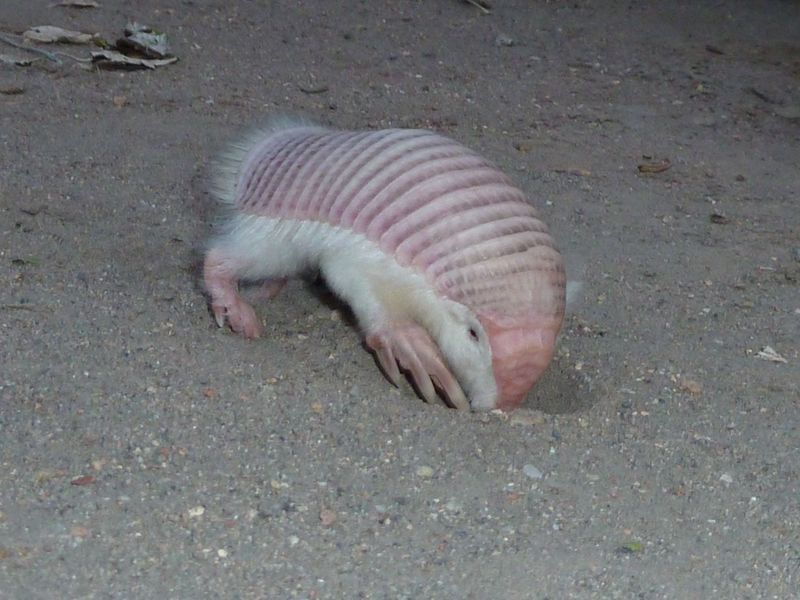
In the plains of Argentina, the Pink Fairy Armadillo burrows beneath the earth’s surface. This diminutive creature, covered in a pink-hued shell, is the smallest member of the armadillo family. Its subterranean lifestyle and unique adaptations make it a master of its sandy environment.
The Pink Fairy Armadillo’s shell acts as a protective barrier and aids in thermoregulation. As elusive as it is enchanting, this armadillo faces threats from habitat destruction and climate change. Conservation efforts aim to protect its fragile habitat and ensure its survival.
Spotting a Pink Fairy Armadillo is akin to discovering a tiny, magical world beneath the sand.
9. Kakapo
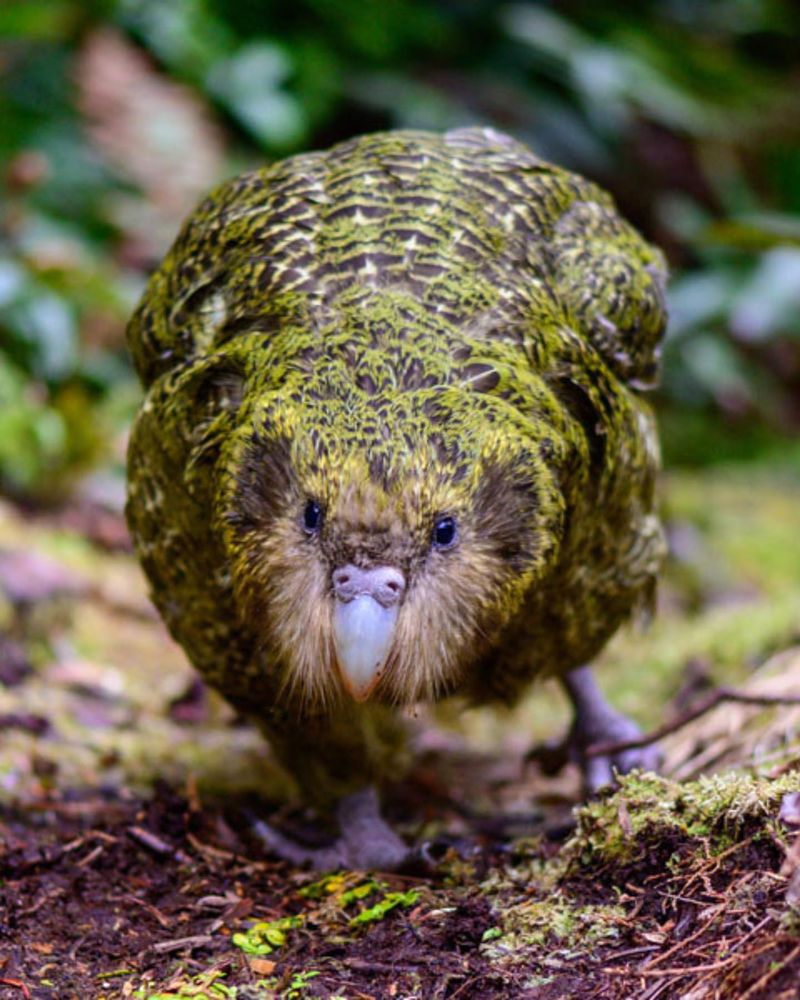
The Kakapo, a flightless parrot, roams the forests of New Zealand. Its nocturnal habits and distinctive mossy-green plumage make it a master of camouflage. As the heaviest parrot, it moves more like a rabbit than a bird.
Once common, the Kakapo’s numbers have dwindled due to introduced predators. Now, intensive conservation programs are striving to bring this unique bird back from the brink. The efforts have shown promise, yet the Kakapo remains critically endangered.
Protecting this parrot is not just about saving a species, but preserving a piece of New Zealand’s natural heritage. Observing a Kakapo is stepping into a narrative filled with hope and resilience.
10. Blobfish
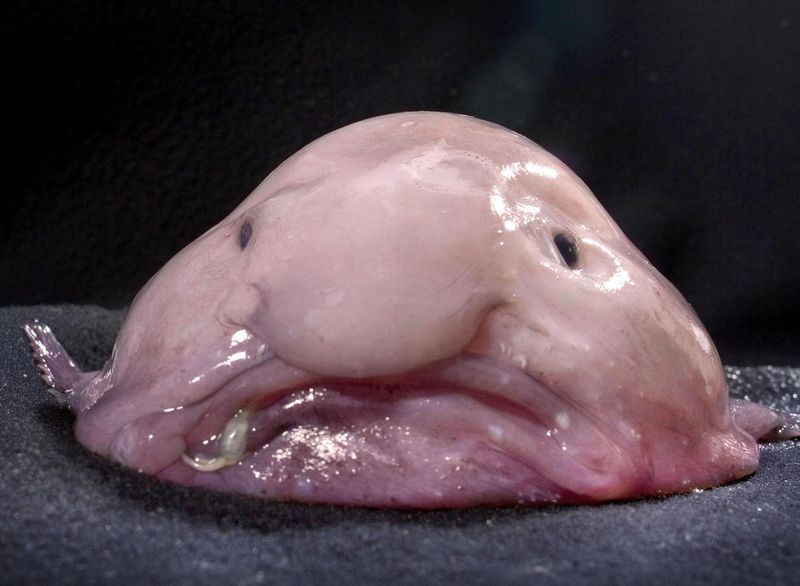
Beneath the ocean’s depths, the Blobfish has gained fame for its unusual appearance. With a gelatinous body adapted for high-pressure environments, it resides in the deep waters off the coast of Australia and New Zealand.
Though often labeled as unattractive, the Blobfish’s unique physiology is perfectly suited to its habitat, where it floats just above the sea floor, feeding on invertebrates. Rising to fame as an internet meme, the Blobfish serves as a reminder of the ocean’s unexplored wonders.
Protecting its environment is crucial as deep-sea fishing can threaten its livelihood. The Blobfish stands as a curious ambassador of the mysteries lying beneath the waves.
11. Fossa
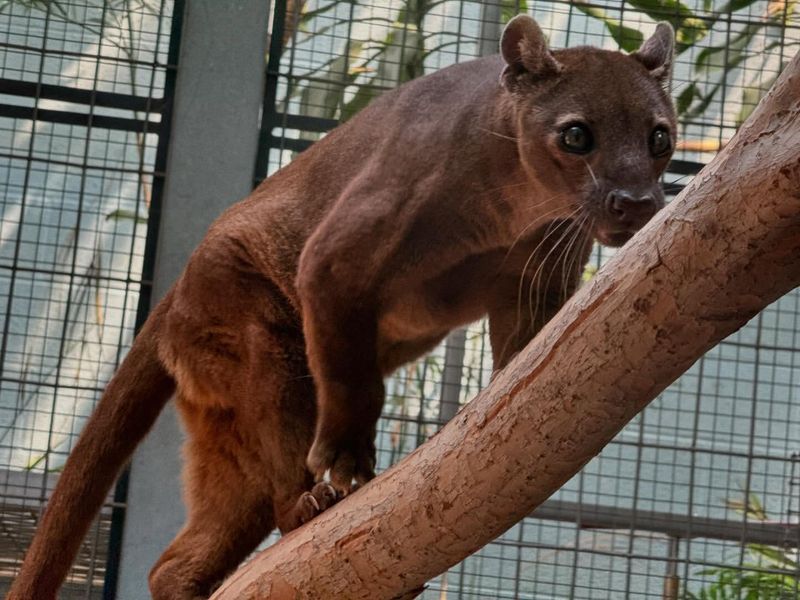
In Madagascar’s forests, the Fossa reigns as the island’s top predator. With a sleek, cat-like body and impressive agility, it is a formidable hunter adept at navigating the dense foliage. The Fossa preys on lemurs and other small animals, playing a vital role in maintaining the ecological balance.
Its ability to adapt to different environments showcases its survival prowess. Despite its prowess, the Fossa faces threats from habitat destruction and hunting.
Conservation efforts are crucial to protect this apex predator and the intricate ecosystems it supports. Seeing a Fossa in the wild is witnessing a creature perfectly crafted by evolution for its niche.
12. Gharial
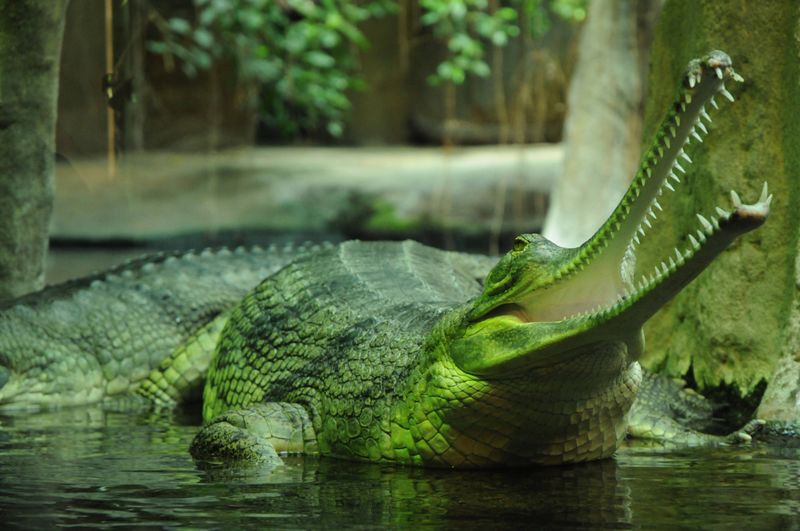
Along the riverbanks of India, the Gharial basks in the sunlight. This crocodilian is known for its distinctive narrow snout and is one of the longest of its kind. Specialized for catching fish, the Gharial’s snout is equipped with sharp teeth, reflecting its piscivorous diet.
Despite its size, it is a shy creature, often seen lounging by the water’s edge. The Gharial’s numbers have drastically declined due to habitat loss and fishing practices. Efforts to conserve it are vital for maintaining riverine health and biodiversity. Observing a Gharial is experiencing a living fragment of the ancient world.
13. Quokka
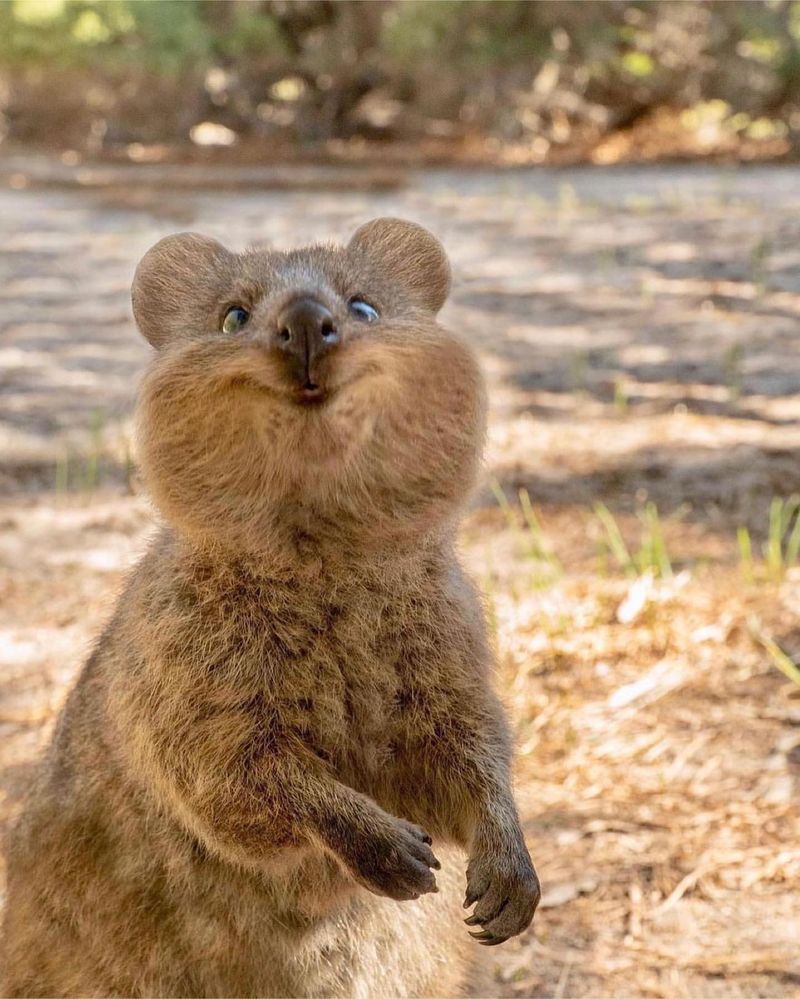
On Rottnest Island, the Quokka has charmed its way into the hearts of many. Known for its friendly expression and approachable nature, this small marsupial is often referred to as the ‘world’s happiest animals‘.
Quokkas are primarily nocturnal, feeding on grasses and leaves, thriving in their island habitat. Their lack of fear towards humans has made them a favorite among tourists. Despite their popularity, Quokkas face challenges from habitat destruction and invasive species.
Conservation efforts focus on preserving their natural environment. Encountering a Quokka is experiencing a slice of Australia’s unique wildlife, filled with charm and delight.

